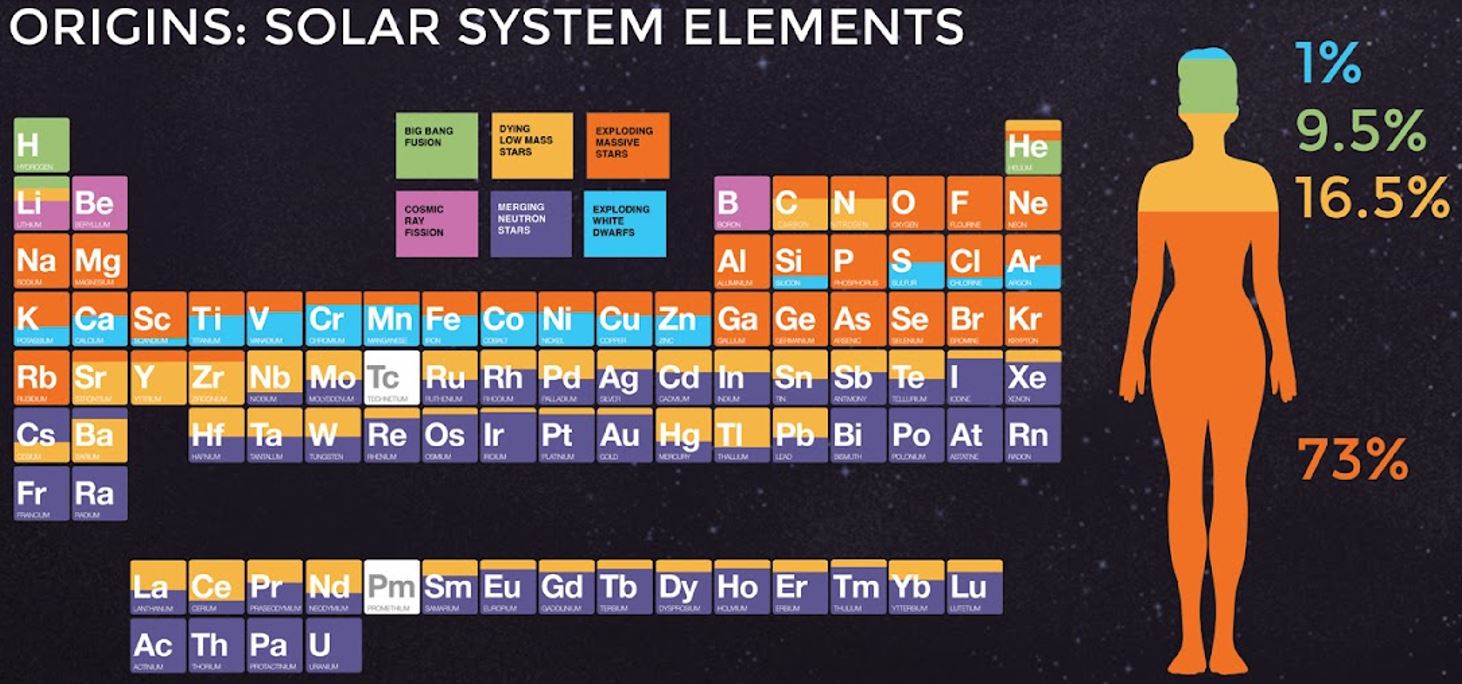Leading Theory Of Solar System Formation Just Disproved!
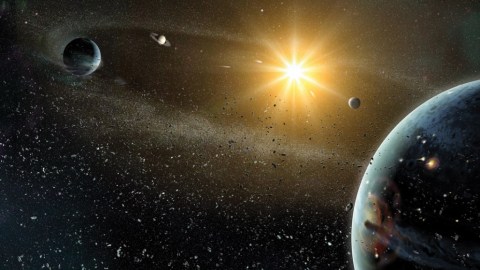
Looks like the inner planets formed *after* the gas giants moved to their current position, and Jupiter ejected a fifth giant, too!
“The stars look the same from night to night. Nebulae and galaxies are dully immutable, maintaining the same overall appearance for thousands or millions of years. Indeed, only the sun, moon and planets — together with the occasional comet, asteroid or meteor — seem dynamic.” –Seth Shostak
If you want to make a solar system like ours — with a central star, rocky planets and gas giants — all you need is to begin with a cloud of molecular gas that’s cool enough and dense enough to collapse under its own gravity. So long as previous generations of stars have existed in great enough abundances, recycling their heavy, processed elements back into the Universe, when you get those new star clusters that form where the mass is most concentrated, you’ll have all the raw ingredients necessary for making a rich star system.
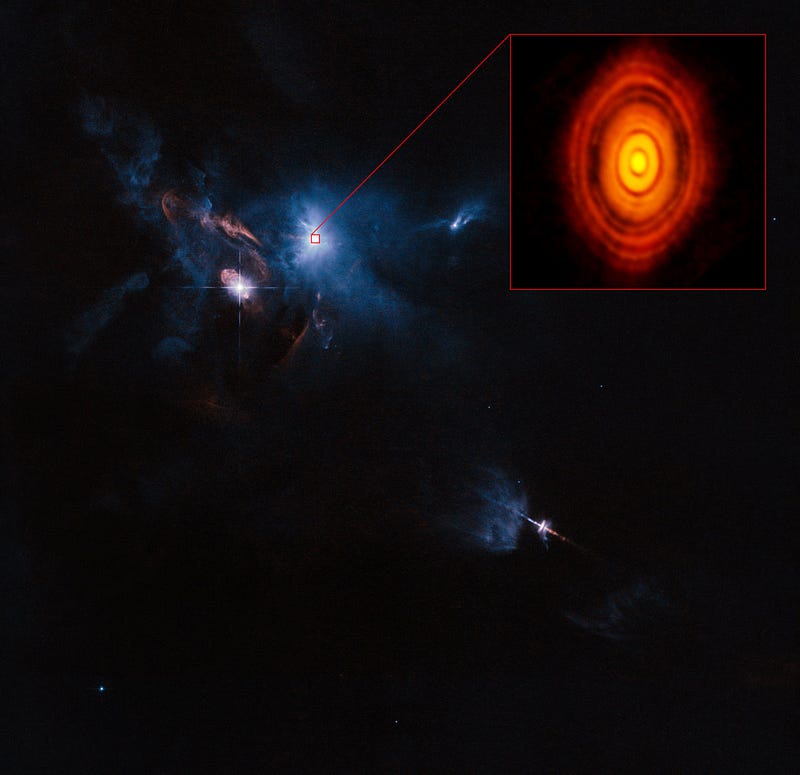
Inevitably, the clump of matter that will form your new star and solar system will collapse in one direction first, “pancaking” and creating a disk that the rest of the material orbits around. The central region will give rise to the most massive object in the system — typically a star — while the outer regions will be where planets are created, including gas giants, rocky planets, asteroids, comets, moons and more.
That’s the simple picture: the one that everyone agrees on. But the details are where it gets awfully messy, because these planets don’t just form in one place and stay there, like our Solar System appears to do. Instead, young solar systems are in a state of flux, with planets gravitationally interacting, accreting matter, merging together, and occasionally ejecting a world from the system entirely!
A decade ago, in 2005, a series of papers came out on the formation of our Solar System, with all three separate teams concluding that the giant worlds formed first and migrated considerably, with Jupiter taking a trip through the inner Solar System and clearing out the vast majority of the mass from inside the asteroid belt. It’s possible that Uranus and Neptune swapped places, and that Jupiter and Saturn were eventually pulled outwards by the gravity of the outermost worlds. This model — known as the Nice Model (after the city of Nice, France) — held sway as the leading theory of our Solar System’s formation until less than a month ago.
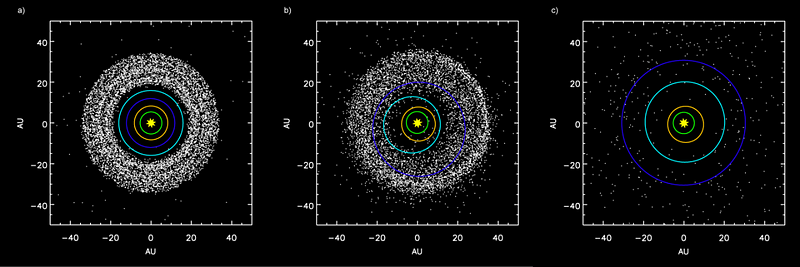
In 2011, scientists realized that a fifth giant planet would have needed to be present to fully explain the behavior of the outer worlds, and that such a planet was very likely ejected by a gravitational interaction with either Jupiter or Saturn. Recent simulation work has just discovered that if the moons of Jupiter and Saturn formed concurrently with those worlds, as their compositions suggests, then it was almost definitely Jupiter, as Jupiter’s outermost giant moon Callisto could have remained intact in Jupiter’s orbit, while Saturn’s large moon Iapetus would have likely been ejected. As Ph.D. candidate Ryan Cloutier remarked,
“Ultimately, we found that Jupiter is capable of ejecting the fifth giant planet while retaining a moon with the orbit of Callisto. On the other hand, it would have been very difficult for Saturn to do so because Iapetus would have been excessively unsettled, resulting in an orbit that is difficult to reconcile with its current trajectory.”
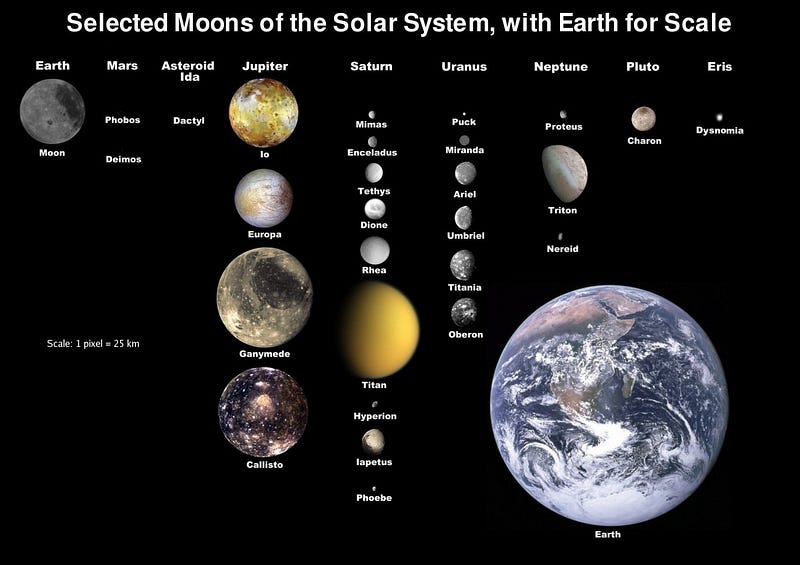
But even if you require a fifth gas giant, the Nice Model could still be valid with that modification: Jupiter in particular could have taken a trip through the inner Solar System, clearing out most of the debris and pulling the rocky planets away from the Sun, while its crossing of the asteroid belt would have been responsible for the late/heavy bombardment of Mercury, Venus, Earth and Mars.
In order to figure out whether that’s possible, we can’t simply look at our own Solar System; at the present, all we can see are the survivors. Instead, we have to go back to simulations, find which conditions accurately lead to the configuration of the outer planets, and see what effects they have on the inner worlds.
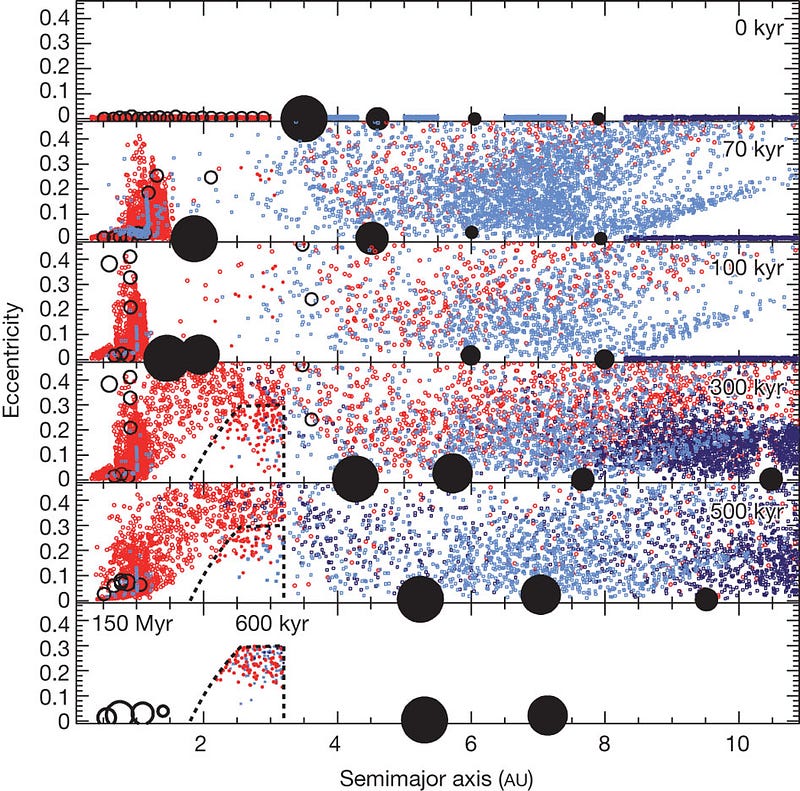
That’s exactly what Nathan A. Kaib and John E. Chambers did in their latest paper, and what they found pretty much spells doom for the Nice Model:
- If you have the outer planets take this “trip” through the inner Solar System, there’s an 85% chance that you wind up with fewer than four inner planets.
- In most of the ones that do retail four planets, their orbital properties are far too eccentric or inclined to match what we see.
- If we want both the inner and outer planets to wind up in the correct configuration, they find a less than 1% chance of this occurring.
In other words, if even one of the outer planets — even if it was just Jupiter — migrated through the inner Solar System, any inner, rocky worlds that existed would probably not have given rise to the four inner worlds we find today. The terrestrial planets are too fragile, and are almost always ejected, particularly Mercury and Mars.
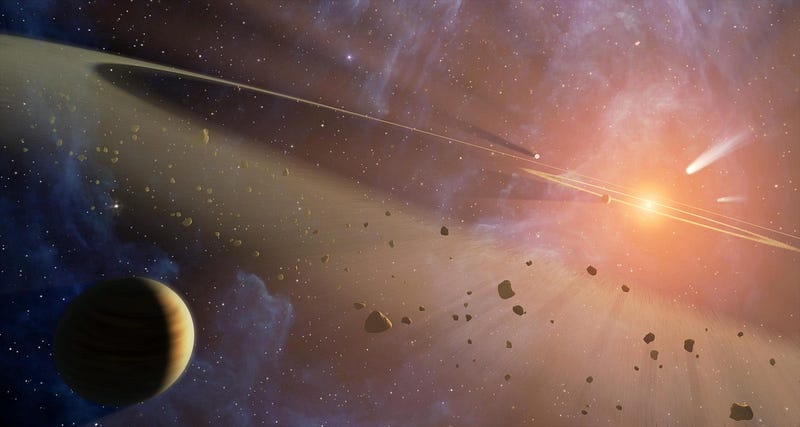
Instead, this latest work suggests that the best we can hope for from the Nice Model is that it explains how the outer planets, the gas giants, came to be in their present configuration, and almost certainly does not account for the inner planets. The rocky worlds had to have finished forming later, after the giants had already left the inner Solar System. AsKaib and Chambers say:
“These small probabilities raise the prospect that the giant planet instability occurred before the terrestrial planets had formed. This scenario implies that the giant planet instability is not the source of the Late Heavy Bombardment and that terrestrial planet formation finished with the giant planets in their modern configuration.”
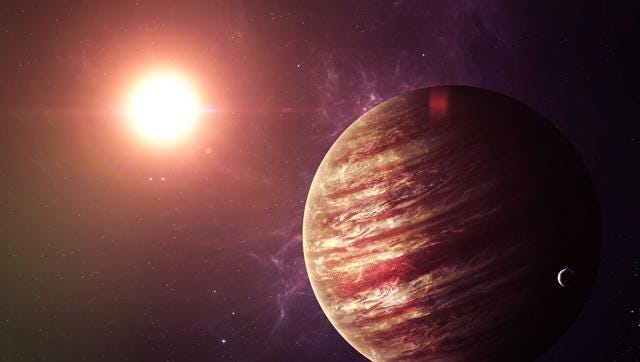
This leads to an incredible possibility: not only did our early Solar System potentially consist of five or even six giant worlds, but there may have been a large number of inner, terrestrial planets that were ejected back in the Solar System’s infancy. What we see today are some combination of the survivors and the latecomers, where we’ve likely lost a significant number of early members of our Solar System. Sometimes, it’s better to show up fashionably late to the party.
Leave your comments on our forum, support Starts With A Bang! on Patreon, and pre-order our first book, Beyond The Galaxy, today!
